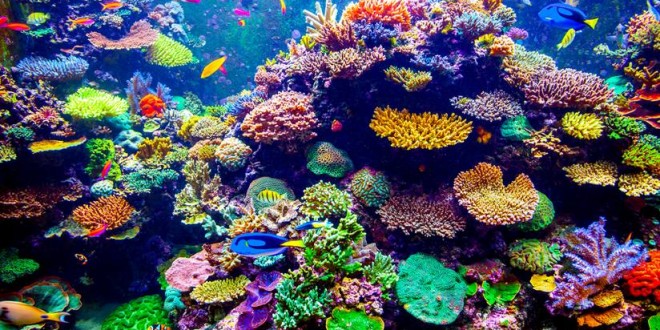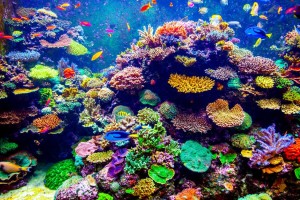Submitted by: Selena Guo
At the beach, it is essential to use sunscreen to protect your skin from the sun’s UV light. In fact, it’s recommended to wear sunscreen everyday, even when the sun isn’t out! By putting on sunscreen at the beach and then entering the water, however, you might be having an adverse effect on the environment.
In a study published in the journal Archives of Environmental Contamination and Toxicology, the chemical oxybenzone in sunscreens has been found to cause endocrine disruption, DNA damage, and death in young corals. It also causes the bleaching of corals. About 4,000 to 6,000 tons of sunscreen enter coral reefs each year, a highly toxic statistic when toxicity occurs at 62 parts per trillion.
Coral reefs are not, contrary to popular belief, non-living deposits of minerals or shell. Coral is a living invertebrate that grows in colonies which are home to a variety of fish and plant life. By harming the coral, the inhabitants are likewise hurt as well.
It is important to still recognize the importance of sunscreen. The Environmental Working Group has created a list of sunscreens that are safe to use.
 Tempus Magazine By Students, For Students
Tempus Magazine By Students, For Students 





